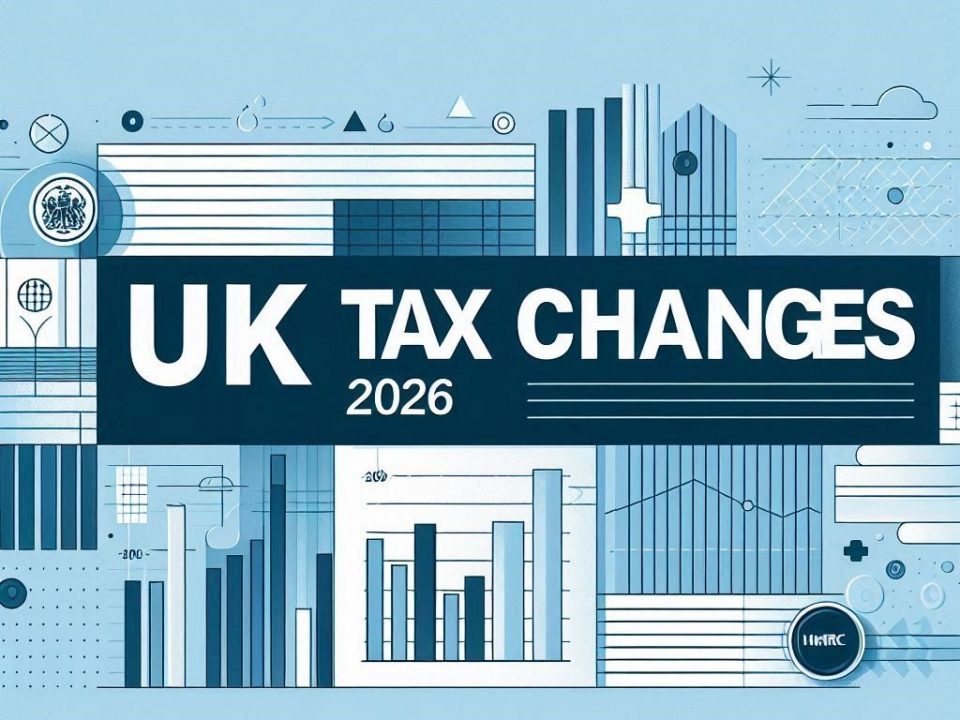Depreciation vs Capital Allowances
October 1, 2025How to Calculate Capital Gains Tax (CGT) in the UK
October 7, 2025The UK tax system is going digital. From April 2026, many self-employed individuals and landlords will need to follow new rules under Making Tax Digital for Income Tax (MTD ITSA). This is one of the biggest tax changes in decades and will affect how you record, report, and pay tax.
If you run a business, work as a sole trader, or receive property income, it’s vital to understand how MTD will impact you and what steps you need to take now.
👉 Read HMRC’s full guidance here: Making Tax Digital for Income Tax.
What Is Making Tax Digital for Income Tax?
Making Tax Digital (MTD) is a government initiative to modernise the UK tax system. Instead of submitting one annual tax return, MTD ITSA requires:
- Digital record-keeping – using HMRC-approved digital tax software to record income and expenses.
- Quarterly tax updates – submitting income and expense summaries every three months.
- End of year declaration – a final statement, similar to today’s Self Assessment, due by 31 January.
This means tax reporting becomes a year-round process, helping HMRC reduce errors while giving taxpayers more real-time visibility of their tax position.
Who Needs to Comply With MTD ITSA?
MTD ITSA applies to:
- Self-employed sole traders with annual business income over £50,000
- Landlords earning rental income above the same threshold
Accountants and agents can submit on behalf of clients, but you must still keep your records digitally.
Why Is Making Tax Digital Being Introduced?
HMRC’s goal is to make tax:
- More accurate – reducing mistakes in Self Assessment returns
- More efficient – removing the need for paper forms and manual records
- More transparent – giving you a clearer picture of your tax liability throughout the year
- More modern – keeping pace with digital tools and accounting software
In short, MTD ITSA is designed to make self-employed tax reporting and landlord tax returns simpler, smarter and more reliable.
Choosing Digital Tax Software
Under MTD, you must use compatible software to keep records and send updates. This could include:
- Cloud accounting tools such as FreeAgent, Xero, QuickBooks or Sage
- HMRC-recognised apps for smaller businesses and landlords
- Bridging software (if you currently use spreadsheets, but want to connect them digitally)
There are free and low-cost options available, but it’s important to choose the software that suits your business needs.
How to Prepare for MTD ITSA in 2026
Here are 5 practical steps to get ready:
- Check if you’re in scope – do your self-employment and rental income exceed £10,000 a year?
- Switch to digital record-keeping – paper records and standalone spreadsheets won’t be enough.
- Test accounting software early – so you’re confident before the 2026 start date.
- Get used to quarterly submissions – plan for more regular reporting, rather than one annual return.
- Work with an accountant – to ensure compliance and avoid penalties.
Key Takeaway
Making Tax Digital for Income Tax is coming in April 2026, and it will completely change how self-employed workers and landlords manage their tax returns. By moving to digital tax software and adopting quarterly updates, you can stay compliant, avoid penalties, and gain better financial visibility.
For the official HMRC guidance, visit: Making Tax Digital for Income Tax.



